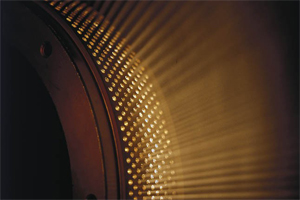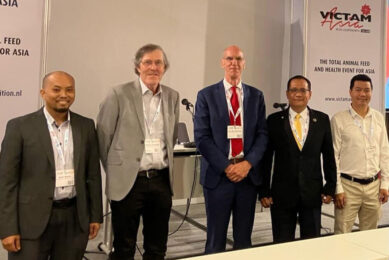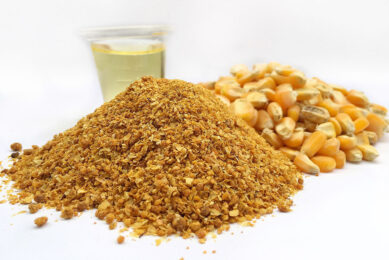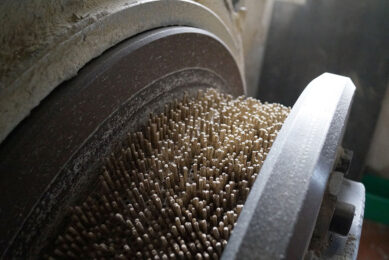Breaking new ground with feed machinery standards

To help harmonise market practices worldwide, a new ISO technical committee (ISO/TC 293) was created to supply the industry with standards for feed machinery used to produce formulated feed in feed processing mills.
Feed mills purchase feed machines worldwide to maintain, alter, extend or build a new their feed production lines. Yet in the absence of harmonised International Standards, each feed machinery manufacturer produces feed machines to its own specifications, while each individual feed producer procures said machinery to suit its needs. Inconsistent requirements have notably hindered international trading of such machinery and there is urgent demand for International Standards to coordinate business across borders.
Barriers have emerged
Ms Lujia Han, Chair of the new ISO/TC 293, laments the lack of harmonisation: “When international trade in any industry reaches a certain level, International Standards are inevitably required to coordinate relevant technological matters. Feed machinery and its specific component parts are numerous and diverse, and there are a large number of terms defining the feed processing technology. Due to disagreement among countries over terminology issues as well as the application of graphical symbols for feed machinery and feed processing technology, barriers to international trade and technological communication on feed machinery have emerged.”
Terminology, safety and hygiene
Feed mills all over the world have suffered innumerable accidents due to the lack of proper safety measures for feed machinery, including safety design, safety protection design, dust explosion prevention, electrical systems, and the safety requirements involved in layout, installation and the manufacturing of equipment. Dust explosions in feed mills, for example, are a worldwide problem. In feed processing machinery, many factors can affect feed hygiene, the environment and operators’ well-being, so concerted solutions need to be found. The health of humans and animals, and the security of people and property, are the top priority of standardisation, underpinned of course by a robust terminology base.
ISO objectives
To address these issues, three groups have been created within ISO/TC 293 to work specifically on terminology, safety and hygiene. ISO/TC 293’s objectives are:
- Develop International Standards on terminology and graphical symbols, safety, hygiene and test methods for technical requirements, as well as the performance of single equipment and feed production lines that can impact on feed quality, production efficiency and energy consumption
- Facilitate international exchanges on technical issues, promote international trade, minimise security risks in the feed production process, as well as the risks inherent to feed hygiene, workplace sanitation and environmental pollution
- Propose the best solutions for the security and hygiene of feed machinery
- Supply the technical basis for conformity assessment and provide an impartial technological foundation for orders, project inspections and acceptance of complex production lines.
Looking to the future, Ms Han forecasts a score of benefits for the sector: “The achievement of these objectives will guarantee the feed quality, hygiene, production safety and environmental protection, create a safe and hygienic environment for operators, enhance the efficiency of feed engineering, save on cost, protect the interests of both manufacturers and users, promote manufacturing technology while meeting the authorities’ need to regulate the field – and consequently benefit stakeholders immensely.”
Future challenges
Going forward, the work of ISO/TC 293 will also focus on the intelligence of feed processing lines and service networks following the modernisation of agricultural processes. According to Ms Han, “the biggest challenge will be to attract and gather the world’s most outstanding experts – as many of them as possible – and get support from governments in order to keep track of the latest technological achievements in feed machinery and develop International Standards that not only provide international trade with technical support, but also promote manufacturers’ techniques and ensure users get good-quality products”.
Join 26,000+ subscribers
Subscribe to our newsletter to stay updated about all the need-to-know content in the feed sector, three times a week. Beheer
Beheer









 WP Admin
WP Admin  Bewerk bericht
Bewerk bericht